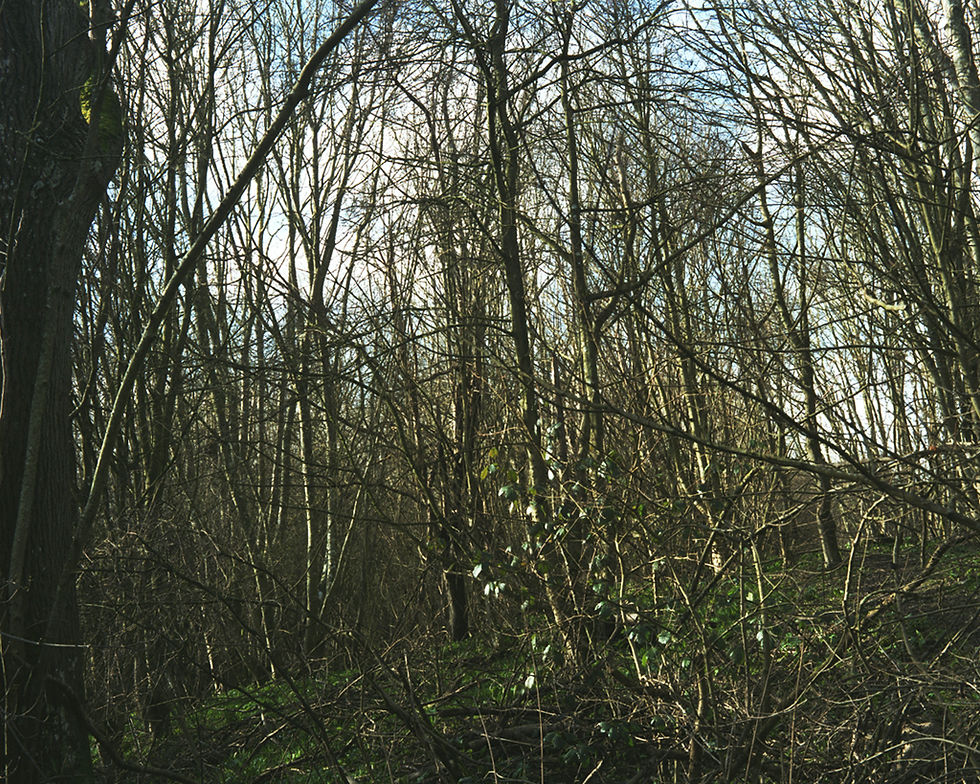MPP Research
- Dave Macey

- Feb 26, 2016
- 2 min read

Back in September of last year a few of us from the Uni went to London to view some exhibitions. One of the exhibitions we visited was The Abyss Gazes into You by Spencer Murphy.
The main reason for mentioning this work is because he uses people in the landscape in a deadpan style. The main picture I am thinking of is the example above of someone standing on a derelict building and staring out into space.
The motivation behind his work, and the title of the exhibition, is that by looking at something it can then be the catalyst for producing inner reflection and contemplation. It’s a bit like by looking into the abyss, the abyss helps you to look into yourself, which is similar to what I am trying to achieve with Little stone wood.
With Spencer Murphy using a deadpan aesthetic and by producing prints that were big worked well together. The physical size of the images, they must of been at least A0 size, dwarfs the viewer and almost overwhelms them and this has become the standard way in which to display deadpan photographs. This also echoes the genre of History painting from the 1600s onwards of when an artist would produce massive paintings to overwhelm the viewer and to produce an element of awe and wonder. The reason for this was of a religious or spiritual nature as history paintings normally contained some moral message and depicted scenes of classical Greece that are used as allegories.
So, producing photographs that are big and dwarf the viewer can also produce this sense of awe and wonder. This in itself can also then generate inner reflection or contemplation and it is this that Spencer Murphy did quite well. By looking at the detail of the photographs, they were all shot on large format, it became possible to be totally engrossed in the image, which then produced the sense of wonder.
This element is what I see in the 5x4 negs of Little stone wood. The immense detail in the texture of the forest does produce that essence of wonder, that something that is so natural is so intriguing, naturally makes the viewer more peaceful and reflective.
Another reason for mentioning this exhibition is the way the images were displayed. They looked like high quality inkjet posters and they weren’t in any traditional frames but held up by drawing pins. This had the effect of the photographs being part of the wall and not a feature that was added. It also showed that because the images were unframed there was nothing to hold the eye in the picture, but the eye was held by the quality of the images.
I do like the notion of the photograph being part of the wall and not a feature on the wall. This seems to echo the thought that there is no separation and that everything is all “one” and that goes back to the reading on Zen buddhism that I found at the monastery.




Comments